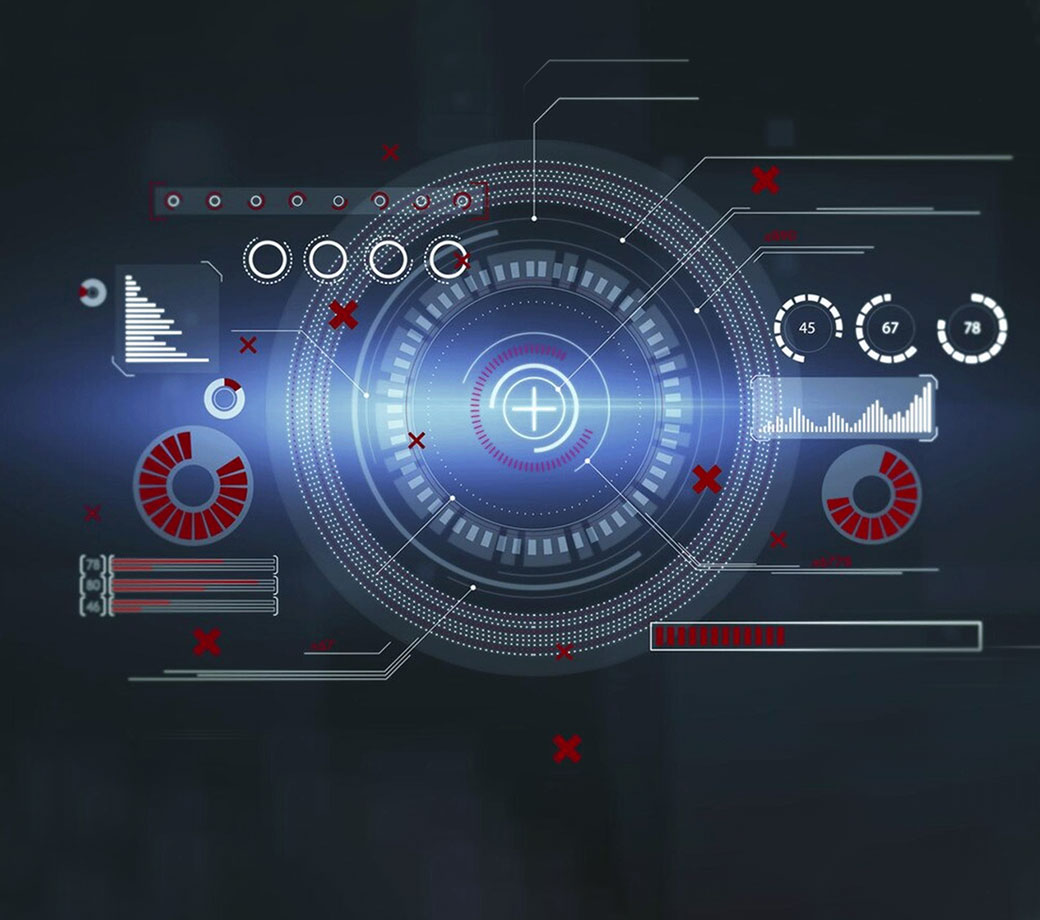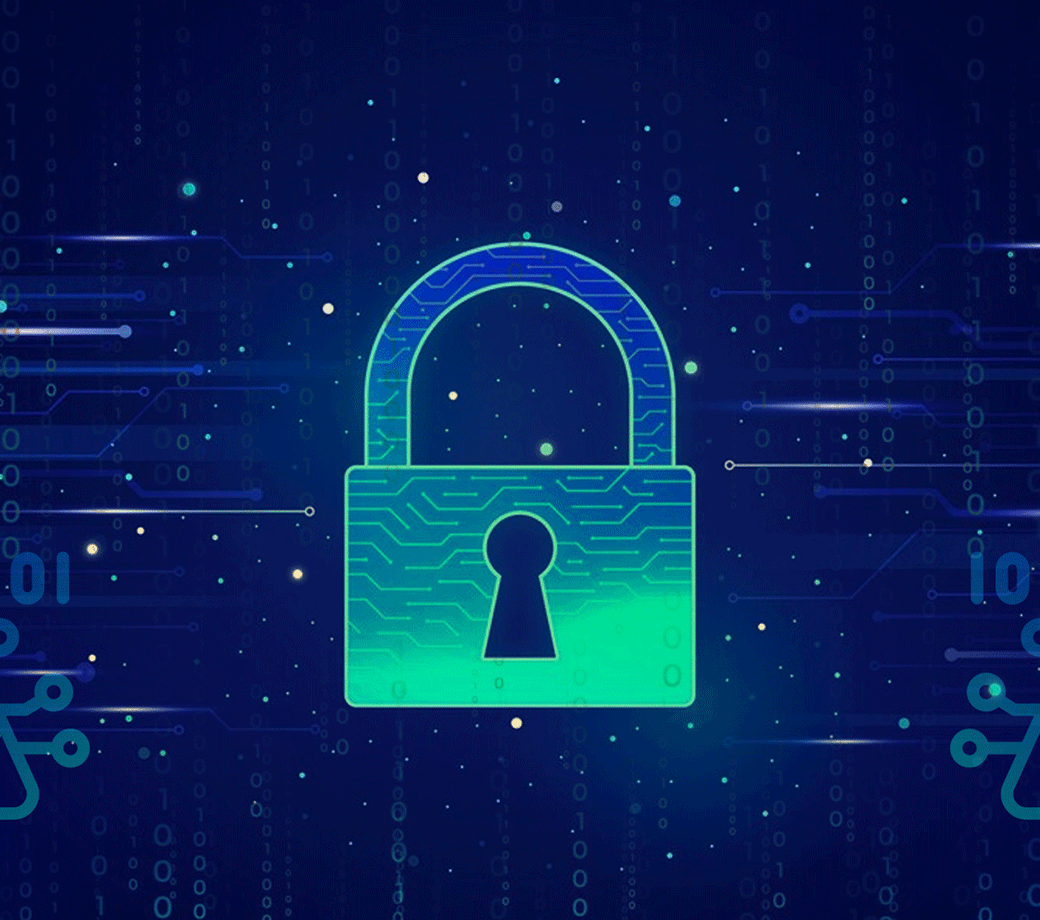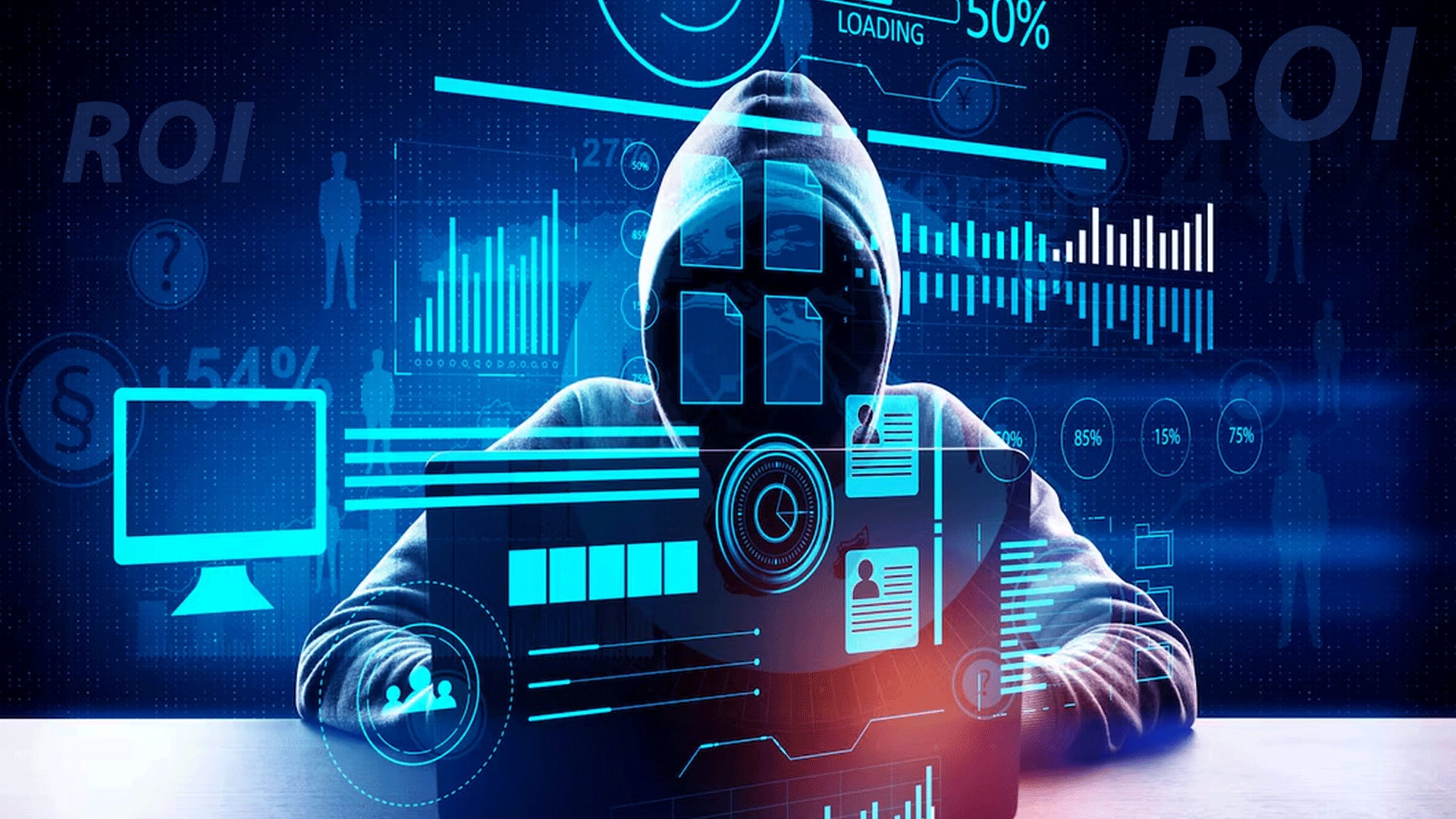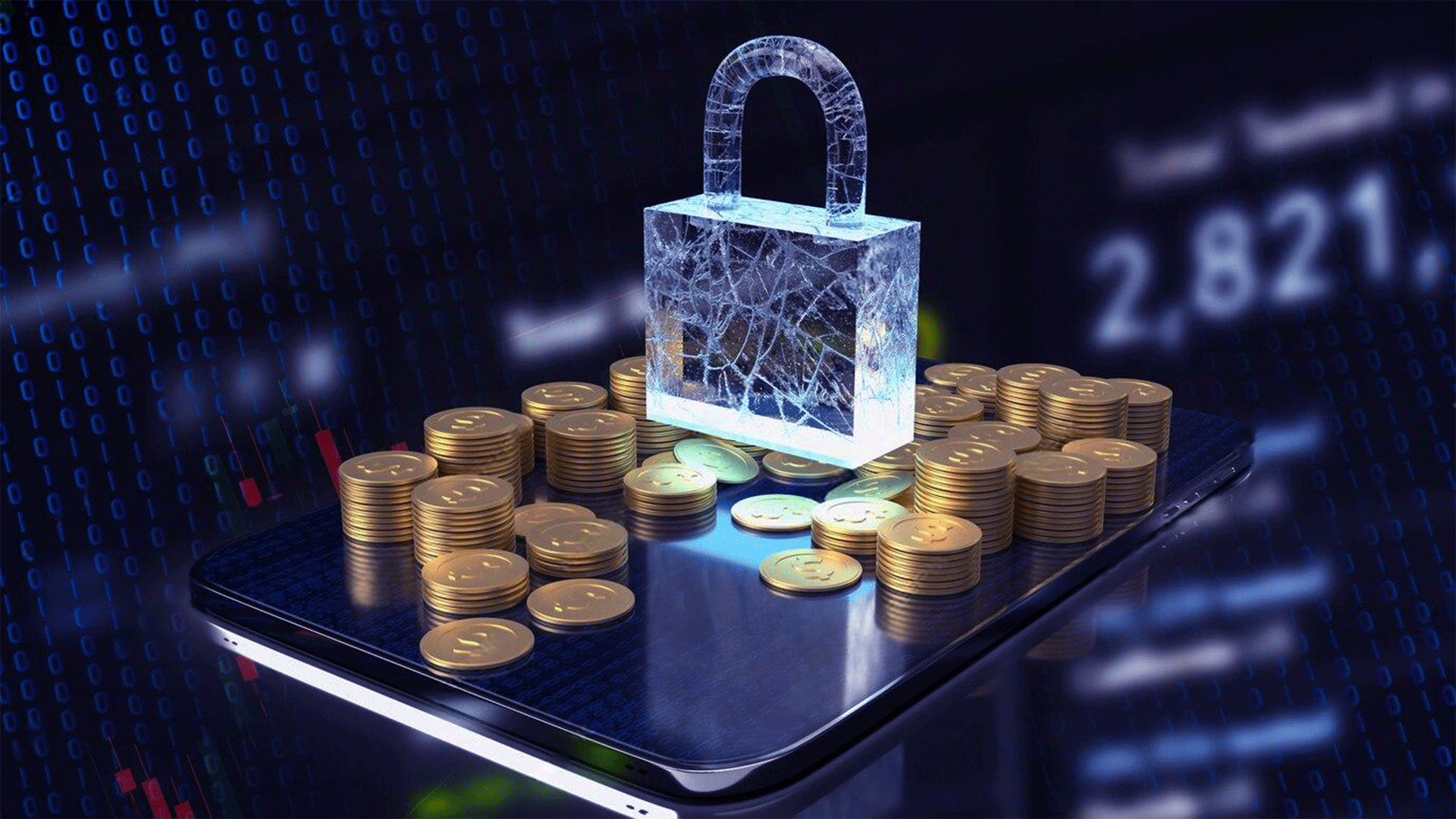The tools employed to combat cyber threats have to evolve as they become more complex, fast, and sophisticated. Companies starting in 2025 can no longer depend on antiquated defenses or broken systems. The security scene calls for integrated, adaptive, enterprise-grade protection.
This handbook analyzes the top 10 cybersecurity solutions every company should consider in 2025 to protect against the most urgent threats, assist compliance, and create long-term digital resilience.
Why 2025 Calls for More Intelligent, Stronger Cybersecurity Instruments
Several important changes are shaping the present cyber threat landscape. First, the increase in remote work has increased the attack surface outside of business networks. Ransomware-as-a-service has let even low-skill hackers start enterprise-level campaigns next. Evolving laws and supply chain concerns are pushing the need for closer controls and visibility, therefore
In this regard, enterprise cybersecurity solutions have to exceed basic firewalls or antivirus systems. They have to be quick, predictive threat detection, and constant monitoring. Companies that do not update their cybersecurity stack run the risk of not only financial loss but also legal sanctions, operational interruptions.
Top 10 Cybersecurity Solutions Every Company Needs in 2025
1. XDR (Extended Detection and Response)
XDR offers a single view of threats by means of integration and analysis of data spanning endpoints, networks, servers, and cloud environments. It improves detection by correlating signals across several vectors and automates response actions to lower mean time to detect (MTTD) and mean time to respond (MTTR). XDR is mission-critical for companies wanting quick threat containment and complete visibility.
2. IAM systems
IAM systems govern who has access to what data and systems. Enterprises in 2025 have to implement least-privilege access, allow multi-factor authentication (MFA), and control credentials across hybrid settings. Any company security strategy depends on IAM since insider attacks and credential stuffing are increasing.
3. Zero Trust Network Access (ZTNA)
Zero-trust architecture runs on the idea of “never trust, always verify.” ZTNA systems guarantee that every request, device, and user is always authenticated, authorized, and validated. As companies embrace cloud-first strategies, zero-trust becomes the framework for safe access everywhere, anytime.
4. Security Information and Event Management (SIEM)
SIEM systems monitor and notify on questionable activity by means of log data collection, normalization, and analysis. Next-gen SIEM tools in 2025 will be driven by machine learning to lower false positives, enhance alert prioritization, and assist compliance reporting under several different legal systems.
5. EDR: Endpoint Detection and Response
Antivirus in the past is insufficient now. Offering behavioral analysis, threat hunting, and incident investigation tools, EDR systems track and safeguard endpoint devices in real time. Endpoint security is more crucial than ever with hybrid work now standard.
6. Cloud Security Posture Management (CSPM)
Misconfigurations stay a major concern as companies move to AWS, Azure, and Google Cloud. CSPM tools constantly monitor cloud environments, identify policy violations, and fix problems before they are exploited. Securing multi-cloud deployments depends on these tools being fundamental.
7. Secure Email Gateways (SEG)
Malware attacks still use email as their primary vector. SEG systems block spoofing attacks, find harmful attachments and links, and filter incoming and outgoing emails. Advanced SEG systems now include artificial intelligence to identify previously undiscovered threats depending on behavior.
8. Threat Intelligence Systems
TIPs provide actionable insights by aggregating threat data from open-source, commercial, and internal sources. This information enables security teams to know attacker strategies, find pertinent threats, and proactively strengthen their defenses. Combining TIPs with SIEM or SOAR systems improves contextual response.
9. Data Loss Prevention (DLP)
DLP systems stop sensitive data from leaving the company—whether by accident or deliberate intent. To implement policies on data movement and access, they track cloud platforms, networks, and endpoints. In controlled sectors, DLP is essential for compliance and confidence.
10. Security Awareness Training Systems
No assault can be prevented by technology by itself. Mistakes made by people still rank among the main causes of violations. Security awareness training tools teach staff members safe behavior, social engineering, ransomware, and phishing. Training is more interesting and effective with gamified modules, phishing simulations, and adaptive learning systems.
Essential Factors for Using These Solutions in 2025
Integration Instead of Isolation
Select tools that complement one another. Platforms with native integrations help to break down silos, improve visibility, and simplify processes. Unified dashboards increase speed and help with decisions.
Orchestration and Automation
Automated response systems reduce incident reaction time. SOAR (Security Orchestration, Automation, and Response) systems run across several platforms to eliminate dangers without human involvement.
Growth potential
Make sure your company can expand with the tools. Subscription-based, cloud-native systems let you add users, endpoints, and features on demand.
Regulatory Alignment Solutions should provide built-in compliance tools for frameworks including CCPA, HIPAA, PCI DSS, and GDPR. This covers role-based access control, audit logs, and policy enforcement.
User-Centric Design
User-centric design tools should be usable—not only powerful. Easy administration, smart reporting, and low end-user friction help to boost adoption and efficacy.
Artificial Intelligence and Machine Learning’s Contribution in 2025 Tools for Cybersecurity
Artificial intelligence is a basic tool now, not a buzzword. Cybersecurity measures in 2025 depend on machine learning for:
Based on past data, future attack vectors are forecasted under Threat Prediction.
- Anomaly Detection: Identifying deviations from normal user or network behavior
- Threat Prediction: Forecasting future attack vectors based on historical data
- Alert Triage: Prioritizing incidents by severity and contextual relevance
- Phishing Detection: Analyzing content, tone, and links in emails to flag new phishing campaigns
Examining emails for content, tone, and links to highlight fresh phishing campaigns
As threats grow, artificial intelligence supports human analysts and complements overloaded security operations teams’ efforts to stay efficient. Choosing cybersecurity solutions requires artificial intelligence capability as a must-have rather than a bonus.
One Protect: Providing the Best Cybersecurity Solutions for Corporate Protection
One Protect provides corporate security solutions designed to address the issues of 2025 and beyond. Under a single threat protection system, their platform combines XDR, SIEM, IAM, CSPM, EDR, and more.
Clients gain from integrated threat intelligence, expert-guided configuration, and real-time visibility, which drive quick, informed decision-making. One Protect’s round-the-clock SOC guarantees that alerts are acted upon, threats are neutralized, and systems stay secure.
Their modular strategy guarantees enterprise-grade defense without superfluous complexity or cost by allowing companies to begin with basic protections and grow as necessary. OneProtect guarantees compliance, infrastructure, and risk priority alignment whether using one tool or a full stack.
Ending remarks
Businesses entering 2025 have to be proactive, not reactive given the cyber threat environment changing quicker than ever. Across every layer of the company, the correct cybersecurity stack provides real-time protection, long-term resilience, and peace of mind.
Every threat calls for a particular reaction, from cloud misconfigurations to phishing attacks. These top ten cybersecurity solutions lay the groundwork for a security plan that safeguards data, supports expansion, and preserves confidence in an always hostile digital environment.
Hoping to implement the best enterprise cybersecurity solutions for 2025? One Protect gives you the knowledge, tools, and assistance to remain in charge of your digital future and ahead of threats.





